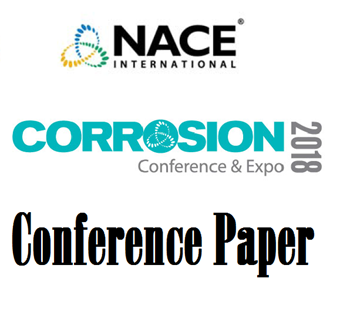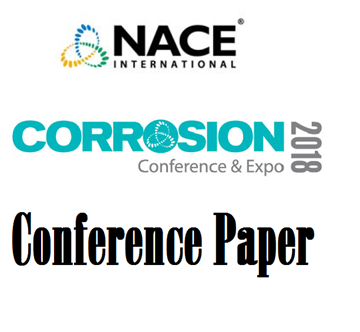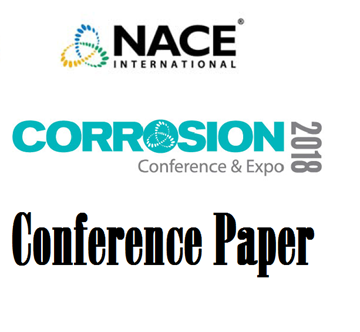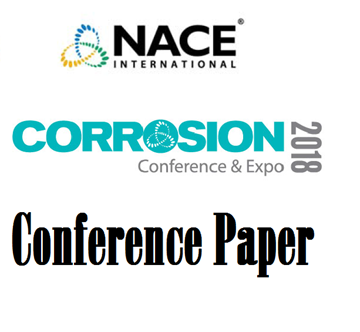Search
Products tagged with 'mild steel'
View as
Sort by
Display
per page
05568 Study of Corrosiveness of Acidic Crude Oil and its Fractions
Product Number:
51300-05568-SG
ISBN:
05568 2005 CP
Publication Date:
2005
$20.00
51318-10539-Marine anticorrosion and antifouling assessment of multifunctionalized hybrid sol-gel coatings
Product Number:
51318-10539-SG
Publication Date:
2018
$20.00
51318-10548-Localized Corrosion of Mild Steel in Marginally Sour Environments
Product Number:
51318-10548-SG
Publication Date:
2018
$20.00
51318-10953-SCC Study of Carbon Steel Welds Exposed to Concrete Pore Water Under Anoxic Conditions
Product Number:
51318-10953-SG
Publication Date:
2018
$20.00
51318-10984-INFLUENTIAL FACTORS RELATED TO LOCALIZED CORROSION OF MILD STEEL IN SLIGHTLY SOUR ENVIRONMENTS
Product Number:
51318-10984-SG
Publication Date:
2018
$20.00
51318-11232- Mechanism of CO2 Corrosion of Mild Steel: a New Narrative
Product Number:
51318-11232-SG
Publication Date:
2018
$20.00
51318-11472-Investigation of the Lower Threshold Value of pH2S for Retardation of CO2 Pitting Attack
Product Number:
51318-11472-SG
Publication Date:
2018
$20.00
Control of Corrosion of Electrical Submersible Wells and Rod Pumped Wells in Varied Carbon Dioxide Environments Using Batch Treatment
Product Number:
51317--9450-SG
ISBN:
9450 2017 CP
Publication Date:
2017
$20.00
Enabling Carbon Steel With A Special scCO2 Corrosion Inhibitor – A Field Study
Product Number:
51322-18205-SG
Publication Date:
2022
$20.00
Factors In Galvanic Corrosion Between Steel And Iron Sulfides In Acidic Solutions
Product Number:
51322-17827-SG
Publication Date:
2022
$20.00
General Corrosion Mitigation of Carbon Steel Using Corrosion-Inhibiting Oil as Possible Solution for Hydrostatic Testing of Product Tanks
Product Number:
51324-20939-SG
Publication Date:
2024
$40.00
Methodology Of Batch Inhibition Applied For TLC Mitigation
Product Number:
51321-16751-SG
Publication Date:
2021
$20.00












